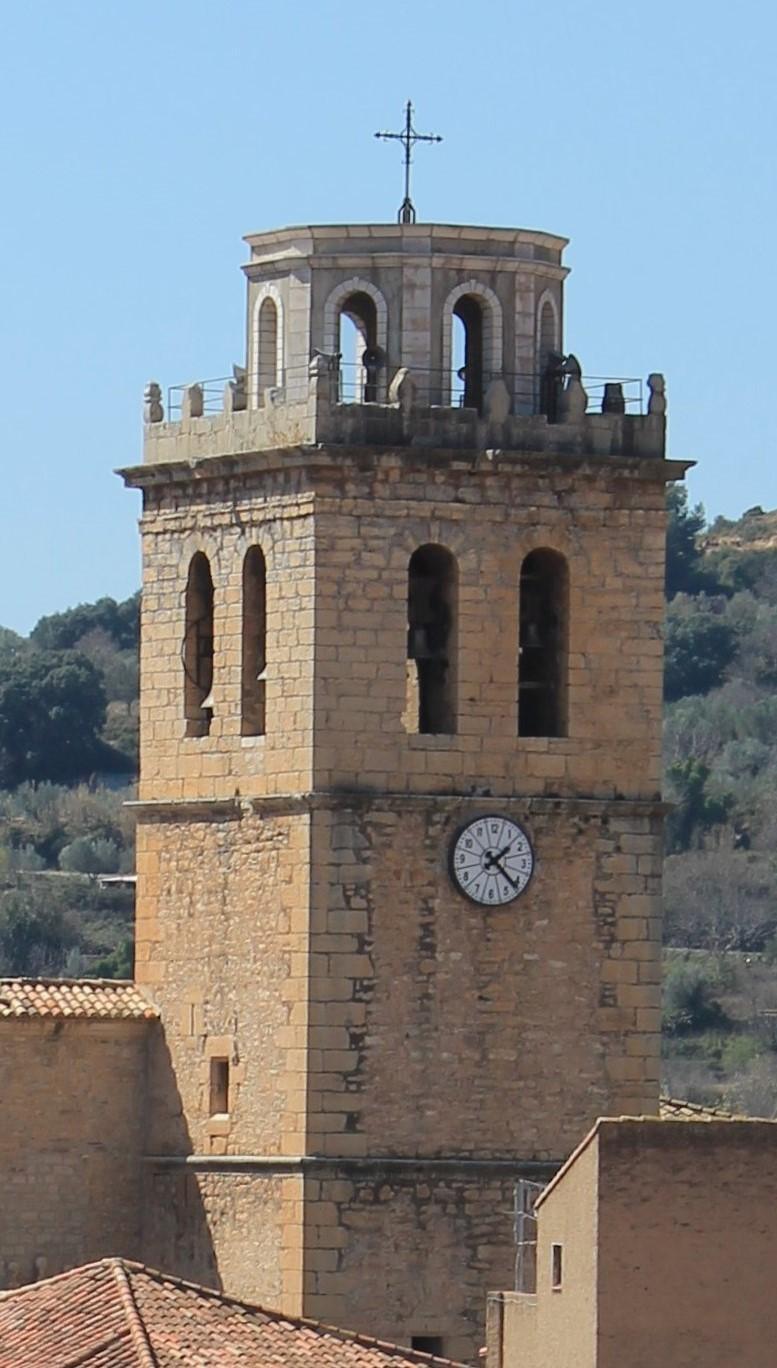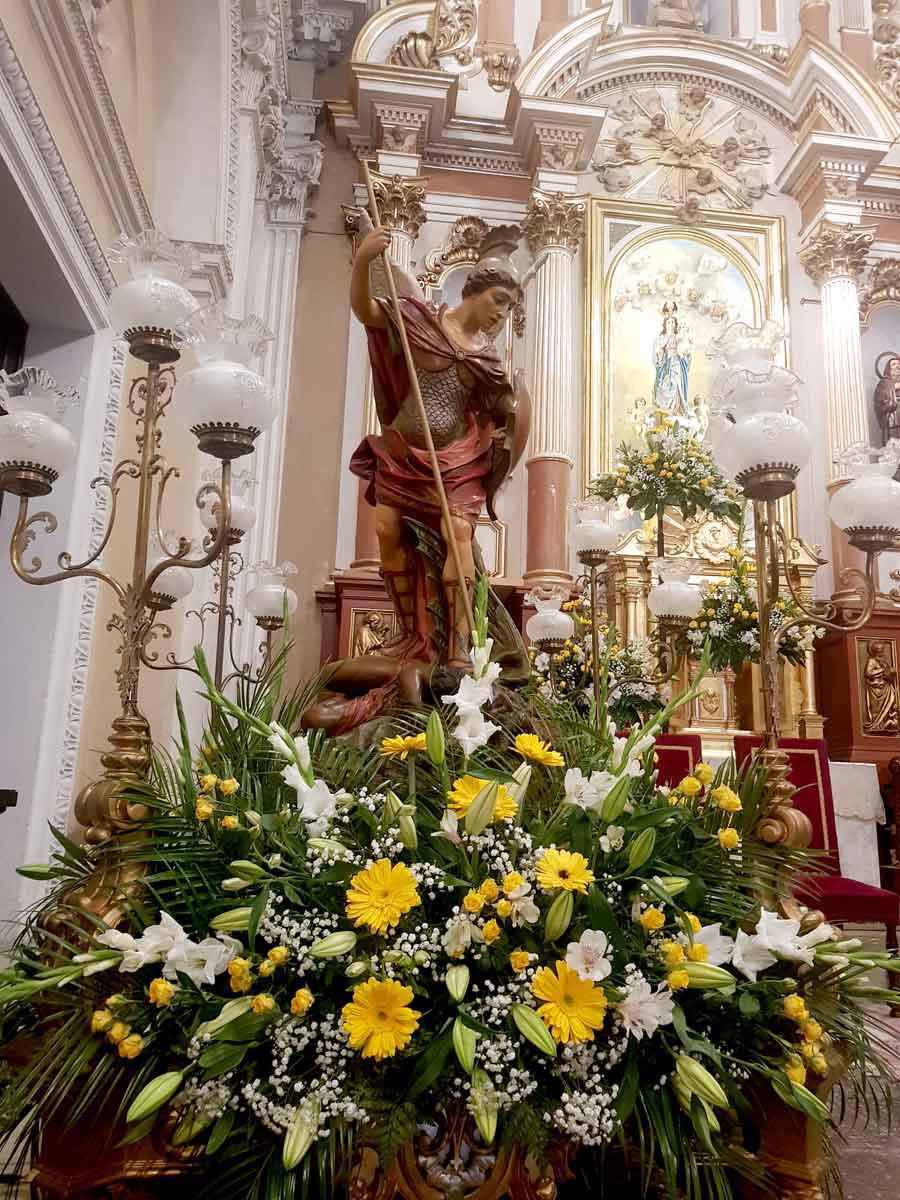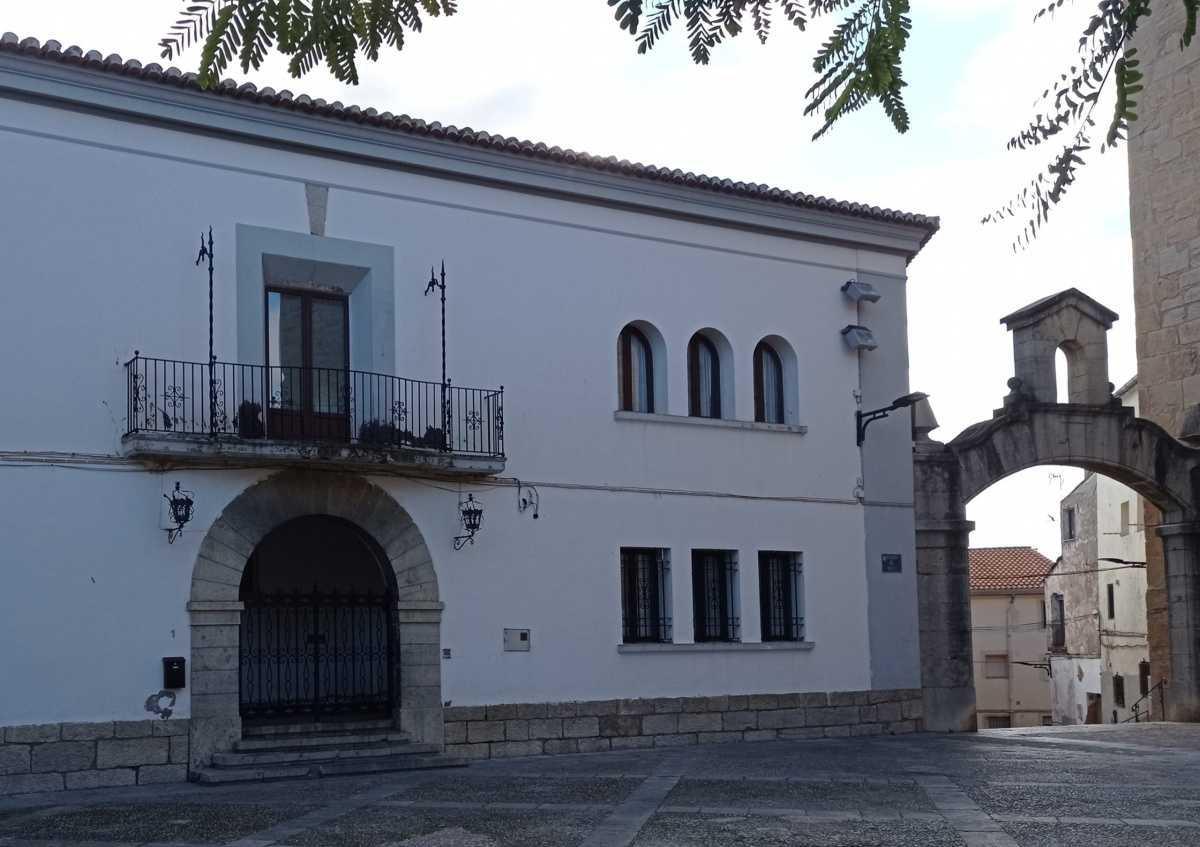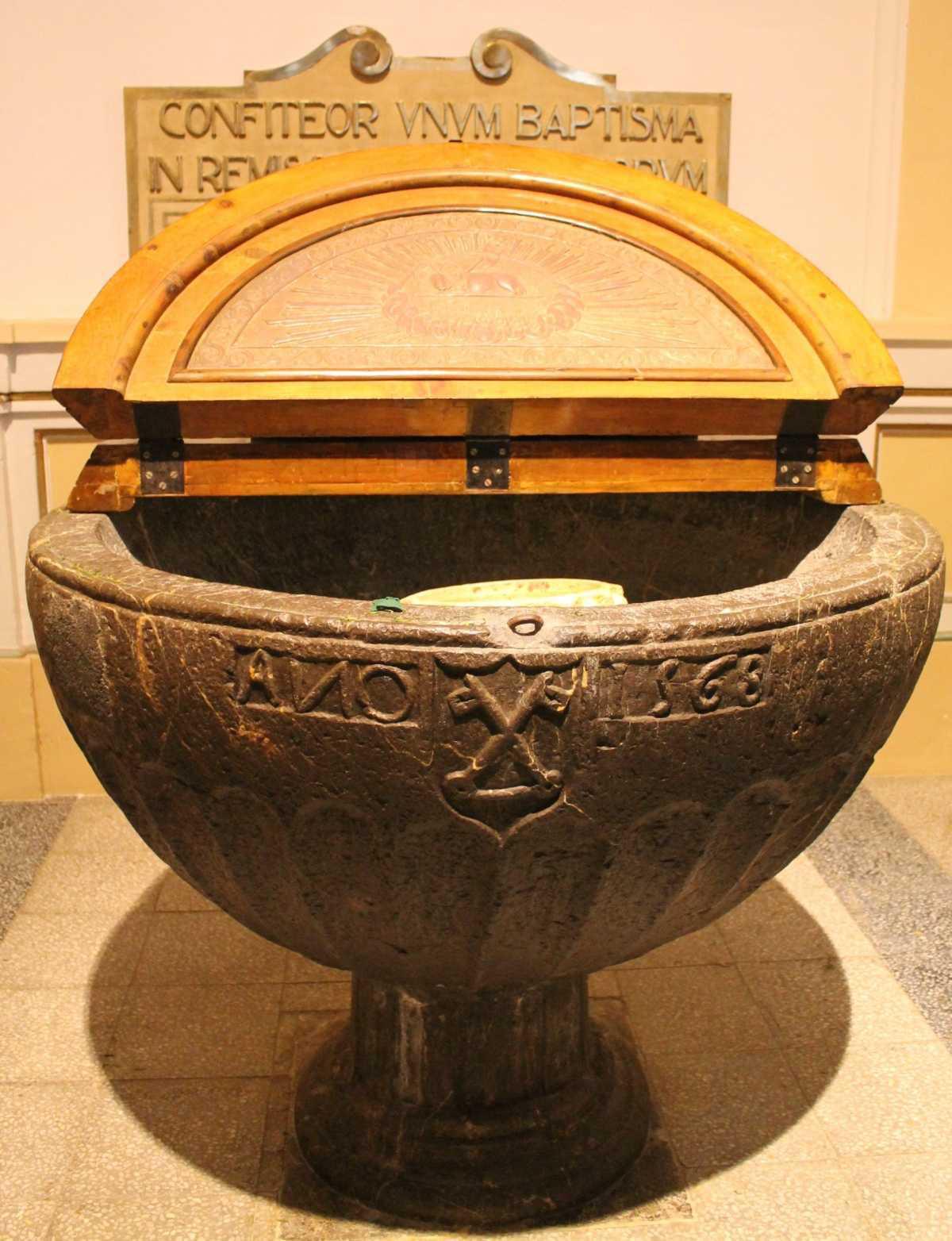
Angel Square, La Repla.
Calle Iglesia Viver CS
PLAZA DEL ANGEL
Imposing architectural ensemble that presides over the "Plaza del Ángel", the result of centuries of history. It seems to be documented that in the year 1367 the Christian repopulators of Viver consecrated an old mosque as a church, also buying a bell to ‘call the Christian Catholics to the divine offices...’. A year later, the bishop of Segorbe appoints Mossén Ximeno Rillo as the first vicar of the new church erected in Viver, under the invocation and patronage of Our Lady.
» ..se ha hedificado una Yglesia parrochial, que antiguamente eran templos o mezquitas, ( y ordeno) que tenga çimenterio y fuente de baptismo y todos los otros derechos de una iglesia parrochial y una vicaria perpetua, …. «
‘...a parish church has been built, which were formerly temples or mosques, (and I order) that it shall have a cemetery and baptismal font and all the other rights of a parish church and a perpetual vicarage, ....’.
Church
The documentation preserved from the 16th century attests that the church is dedicated to Santa María, from which it can be deduced that the building had a very characteristic layout of the period, with a rectangular floor plan, a single nave, a non-rising transept and chapels between the buttresses. According to an inscription by the historian Francisco Diago, in 1608 the imposing Mannerist bell tower was built next to the façade. It is 25 metres high, with a solid construction and good ashlar work; it has a quadrangular floor plan, with a large base, plus three well-defined sections, including the bell tower. At the end of the same century, in 1694, construction began on the Baroque Communion Chapel, and work was completed in 1705. In the 19th century, the parish building was enlarged due to the increase in population, and the side naves and transepts were developed.
Inside, articulating the elevation, the central nave has a Corinthian order of fluted pilasters on pedestals, a continuous frieze, a wide cornice with dentils, a barrel vault and lunettes with windows for interior lighting. The intersection of the nave and transept is covered with a vaulted ceiling. The roofs preserve interesting mural paintings from the 18th century, with scenes from the life of Mary, attributed to the painter Rafael Posades. This parish church houses an interesting museum collection, located in the lower part of the Communion chapel, with pieces of goldsmithery, painting and sculpture. It is worth mentioning the baptismal font dating from 1568.




